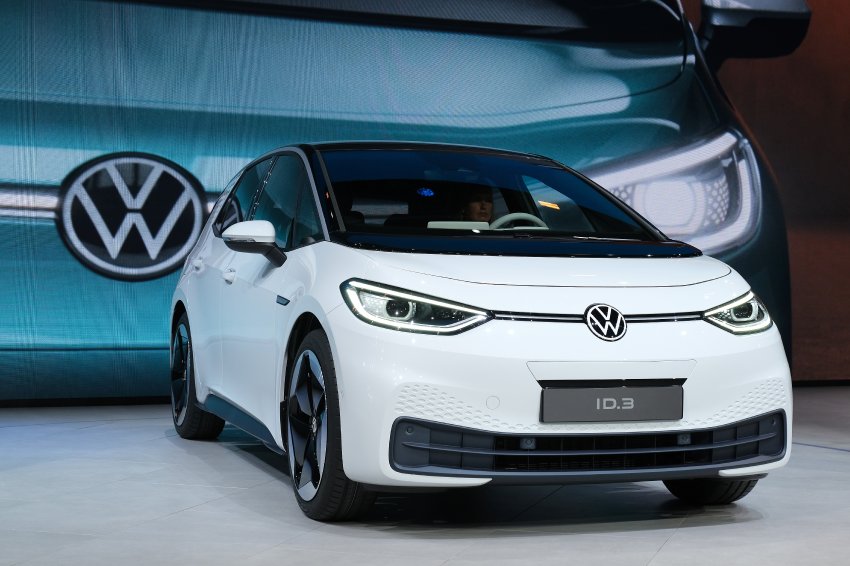The Volkswagen ID.3 is the great bet of Volkswagen within the thriving sector of the electric car. Seated on the new MEB modular platform, this compact e-Golf replacement call will begin delivery in September this year after a series of software problems affected the first few thousand units manufactured.
As a result of these problems, the first units will come to the market without functions such as the App Connect that runs Apple Carplay and Android Auto and the expected Head-up Display with augmented reality. However, all this equipment will be activated in the following months through a series of OTA updates to complete the vehicle software.
ID.3, which will be the cornerstone of the Volkswagen Group’s ambitious electrification strategy, will have one of its biggest attractions, its price: a rate that will start slightly below 30,000 dollars. We are facing a vehicle capable of competing for costs with a Golf TDI (diesel) of similar equipment and power.
Although deliveries are still several months away, media such as the British Autocar have already been able to take command of one of the first serial units of the ID.3 at the Volkswagen development center in Wolfsburg. A site which there is test track that simulates all kinds of situations to test the response of the car.
The ID.3 has excellent aerodynamics (Cx of 0.267) despite being 9.6 cm higher than the e-Golf. This is achieved thanks to its almost entirely closed front, the specially designed wheels, the fairings, and rear spoiler. This excellent aerodynamics will be vital for the vehicle to achieve a high level of efficiency.
On the other hand, it stands out that despite the model having a total length of 2.3 cm shorter than that of the e-Golf, its wheelbase is 12.9 cm wider thanks to its electrical nature (electric motors they hardly take up space). This translates into a more spacious interior than that of a similarly sized compact. However, its driving position is higher due to the presence of the battery pack on the underside.
According to the journalists who have been able to test the series model, its constructive quality is very high, although its materials are not up to the adjustments. Although the presence of a soft plastic sheet in the upper area of the dashboard stands out, the rest of the cabin is made of hard plastics to reduce costs.
The media-tested version corresponds to the exclusive launch edition 1ST Edition, mechanically equivalent to the Pro Power model. According to those who have been able to put themselves at their controls, the quick response of the car makes it feel much lighter than it is (1,720 kg), with linear but forceful acceleration.
Contrary to what happens with other electric cars, the brake pedal feedback is described as “consistent.” Also, when regenerative braking is activated (Battery mode instead of Drive mode) you can practice driving a pedal. On the other hand, aerodynamic and rolling noise isolation is very well achieved, giving the ID.3 a high level of refinement.
Because the car is rear-wheel drive, the front wheels are free of drive shafts, giving it enormous maneuverability, with an outstanding turning radius of 10.2 meters. This also notably influences its dynamics, being according to the testers a manageable but intuitive vehicle in all its driving modes (Eco, Comfort, Sport, and Individual).
At high speed, journalists say that it is predictable, composed, and balanced. Something that is helped by the presence of the batteries under the floor, giving it a much lower center of gravity than that of any compact with a thermal engine. Despite the high weight, body roll is controlled by firm tare damping.

